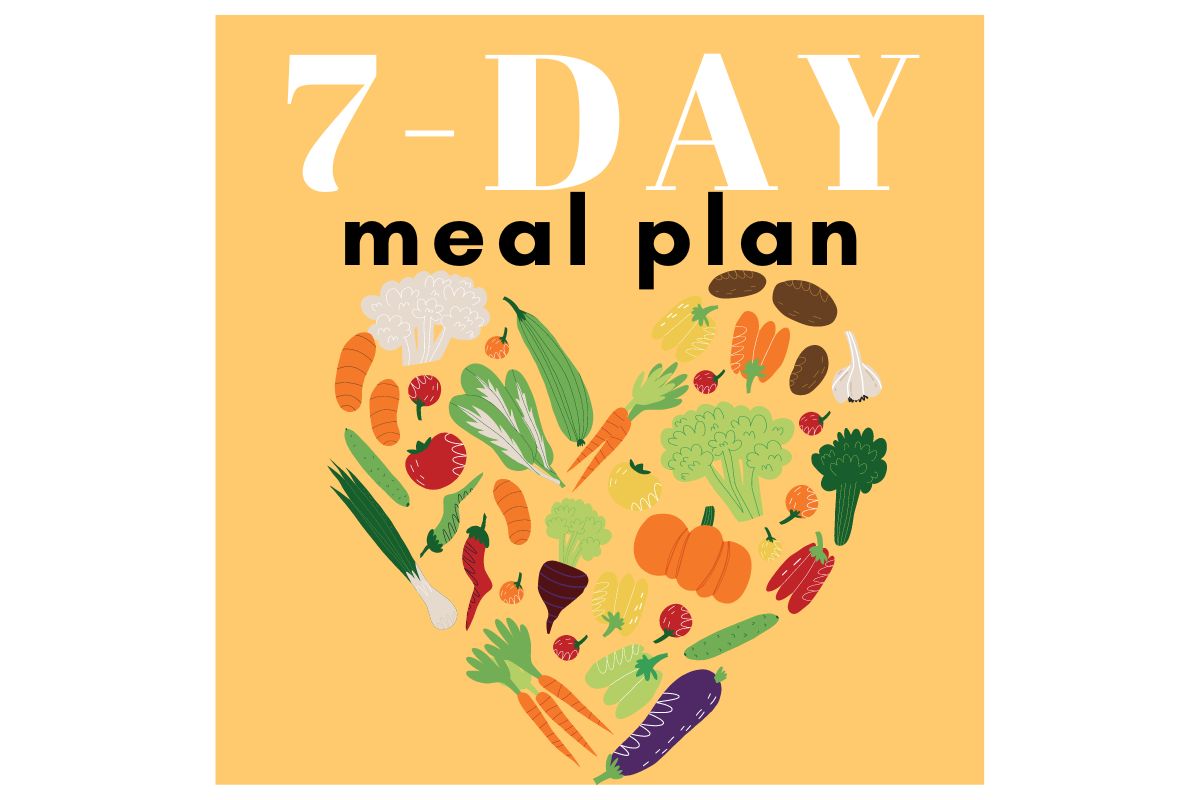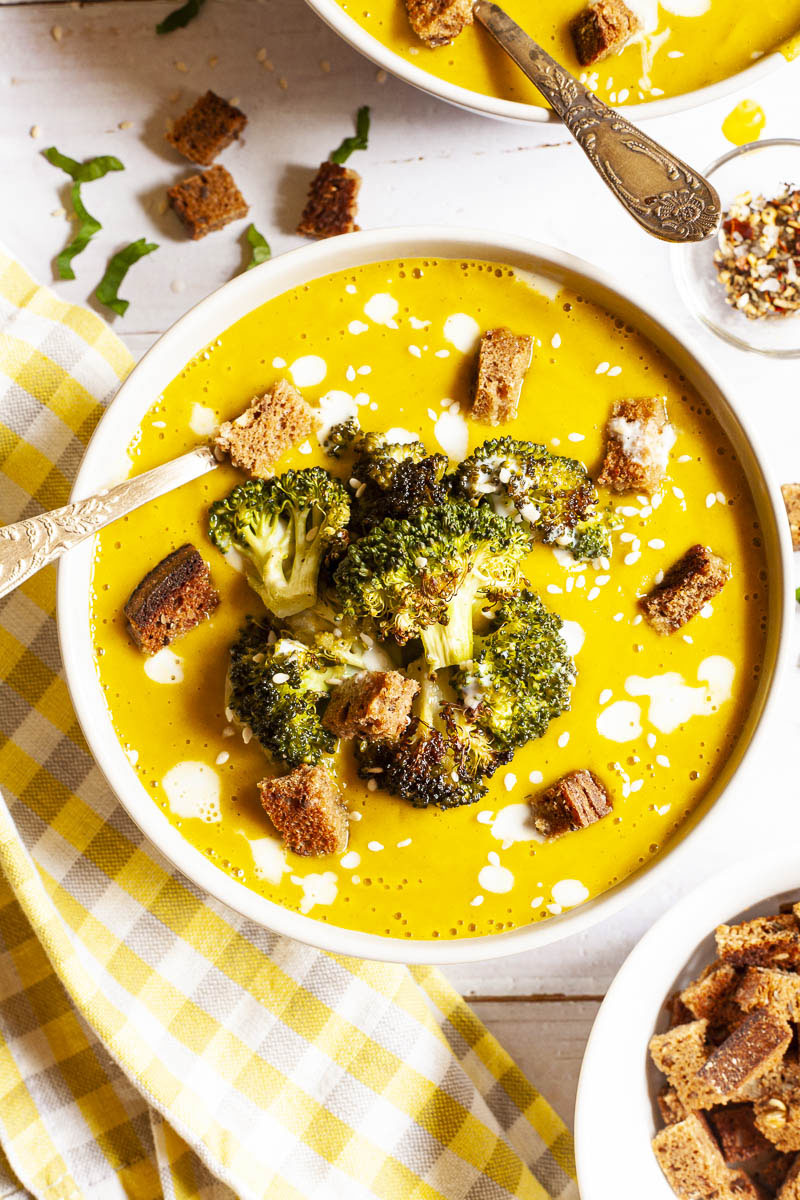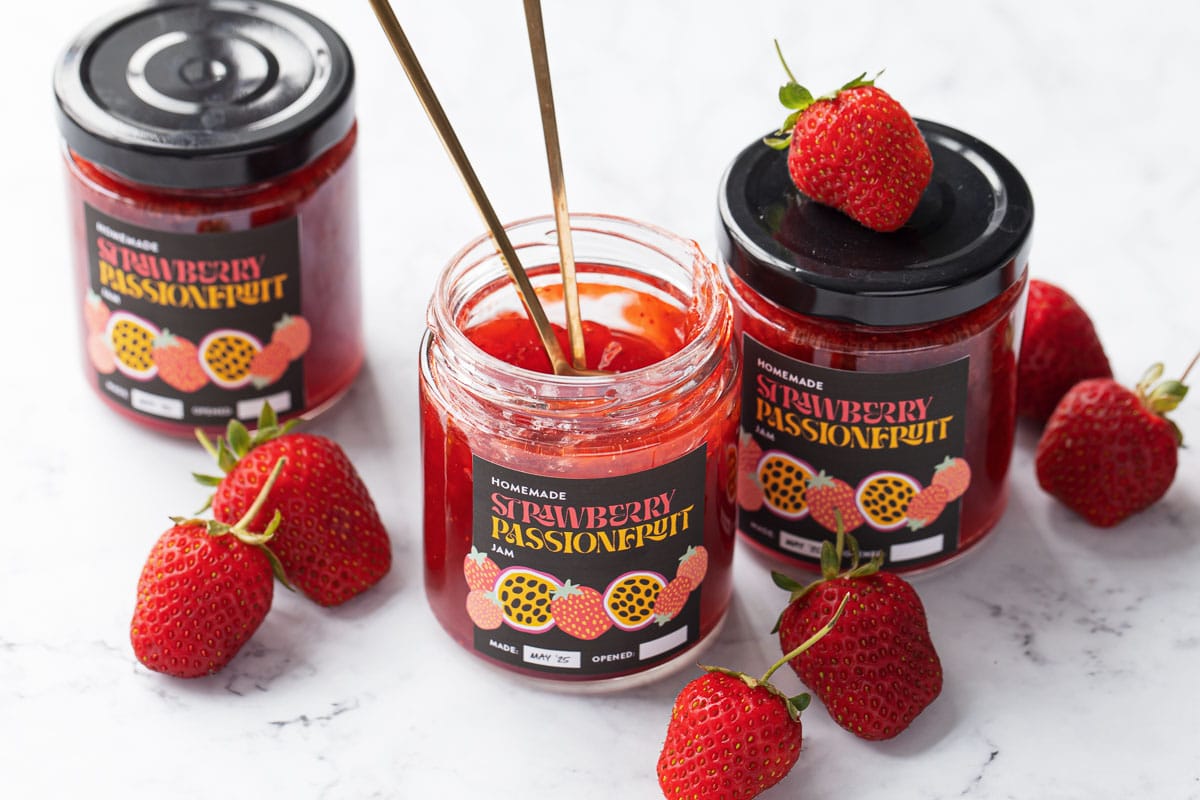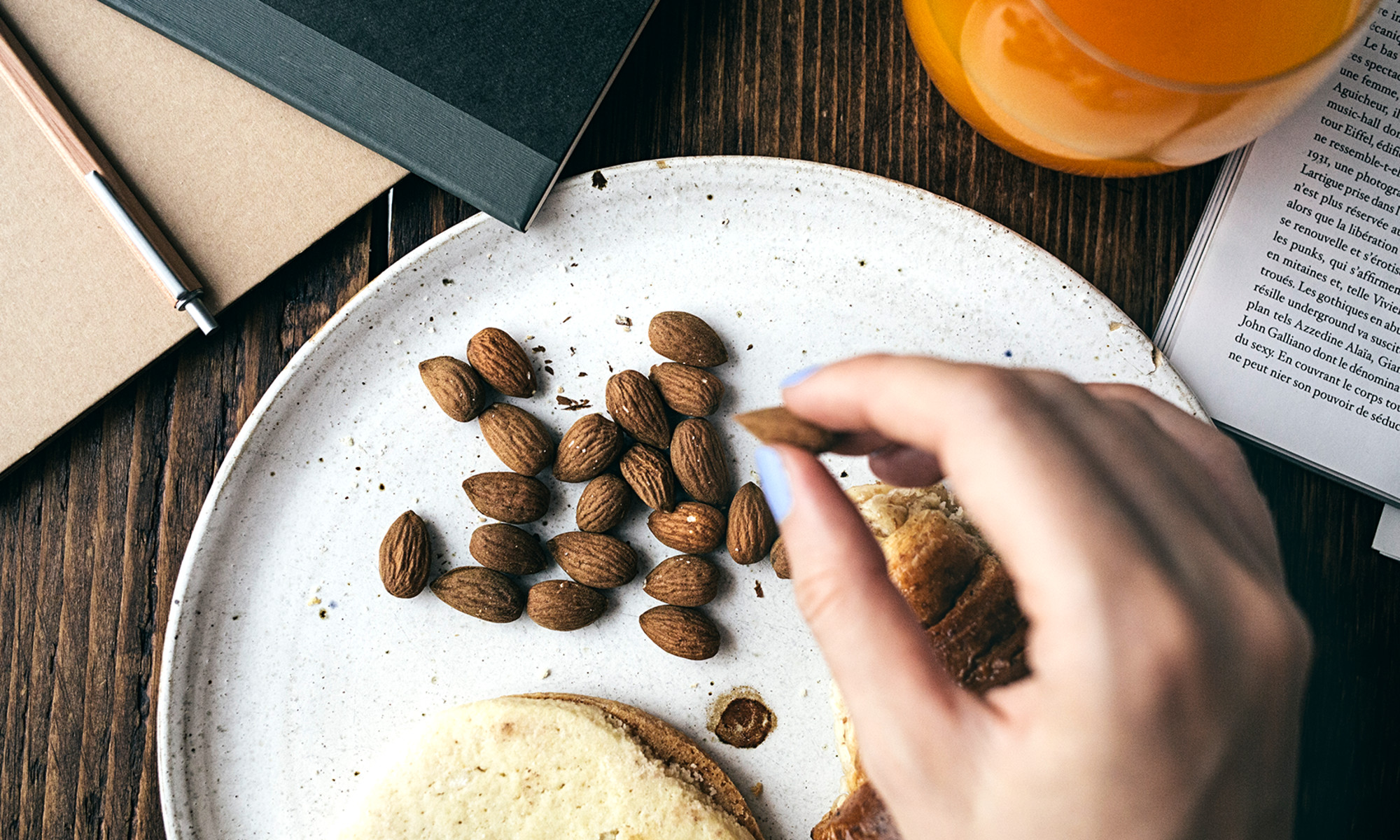9 Delicious Protein Ideas for Vegan Spring Rolls
Plant-based proteins transform vegan spring rolls into satisfying, nutrient-rich meals. Each option – from tofu and tempeh to innovative substitutes like jackfruit chicken and vegan shrimp – adds distinct textures and flavors to these handheld treats. Tofu Firm or...
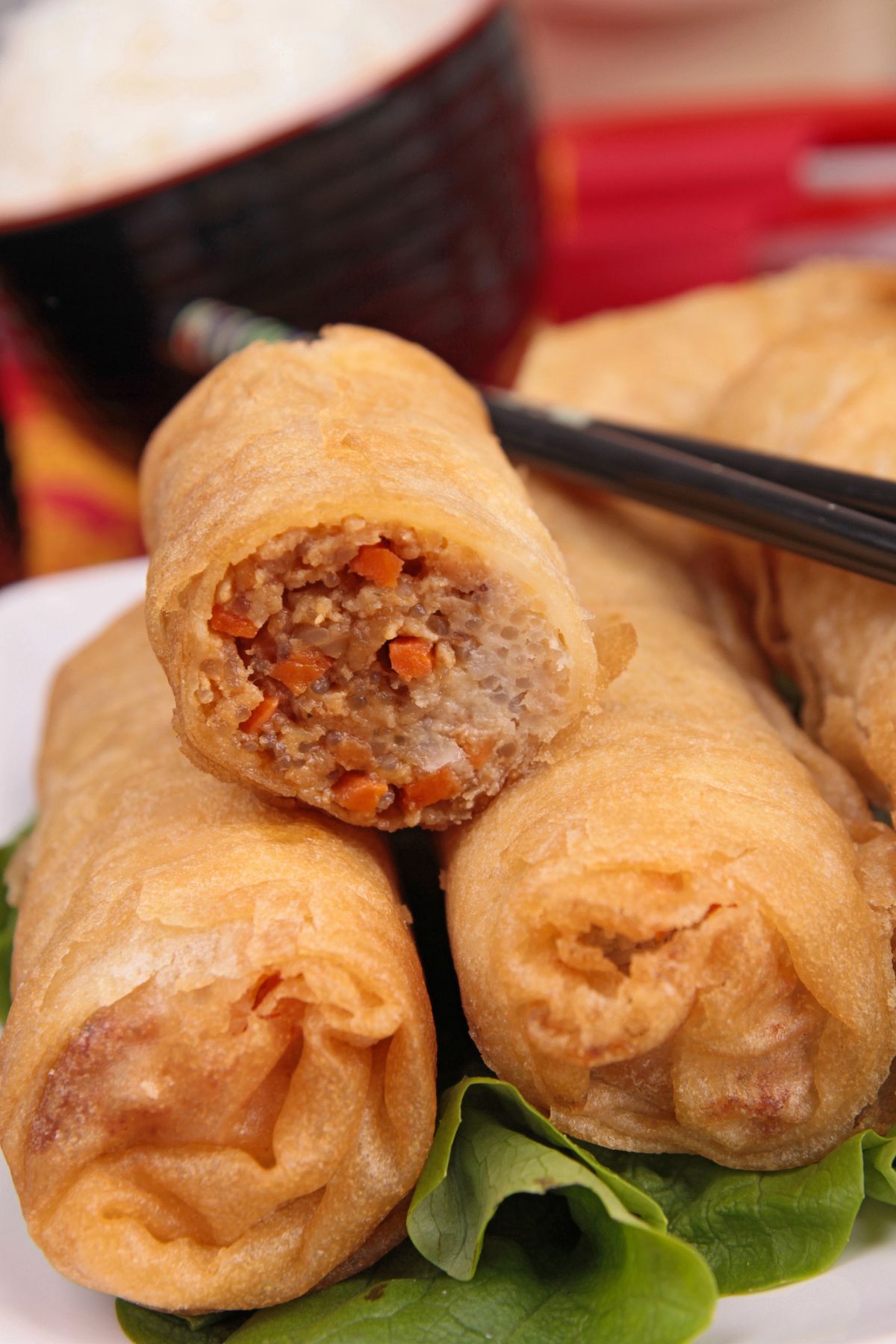
By Nandor Barta on 04/15/2025 - May contain affiliate links. Please read our disclosure.
Plant-based proteins transform vegan spring rolls into satisfying, nutrient-rich meals. Each option – from tofu and tempeh to innovative substitutes like jackfruit chicken and vegan shrimp – adds distinct textures and flavors to these handheld treats.
 Spring rolls – Photo credit: Depositphotos.Jump to:TofuTempehVegan shrimpVegan shredded chickenVegan eggTVPLentils or beansSeitanFalafelMore articles about spring rollsDelicious spring roll recipes
Spring rolls – Photo credit: Depositphotos.Jump to:TofuTempehVegan shrimpVegan shredded chickenVegan eggTVPLentils or beansSeitanFalafelMore articles about spring rollsDelicious spring roll recipesTofu
Firm or extra-firm tofu makes an excellent protein filling for spring rolls, offering an adaptable base that absorbs flavors beautifully.
I recommend tofu for its versatility and high protein content – just one cup provides about 20 grams of protein.
I prefer to press tofu for 30 minutes before cooking to remove excess moisture. If I am making spring rolls, I shred them or cut them into thin strips.
I have lots of tofu marinades to choose from and I do not shy away from getting creative and trying different flavors in spring rolls.
There are several ways to cook tofu, but my favorite preparation method for shredded tofu is pan-frying. Any other time, I love baked tofu since it will have crispy edges but tender center.
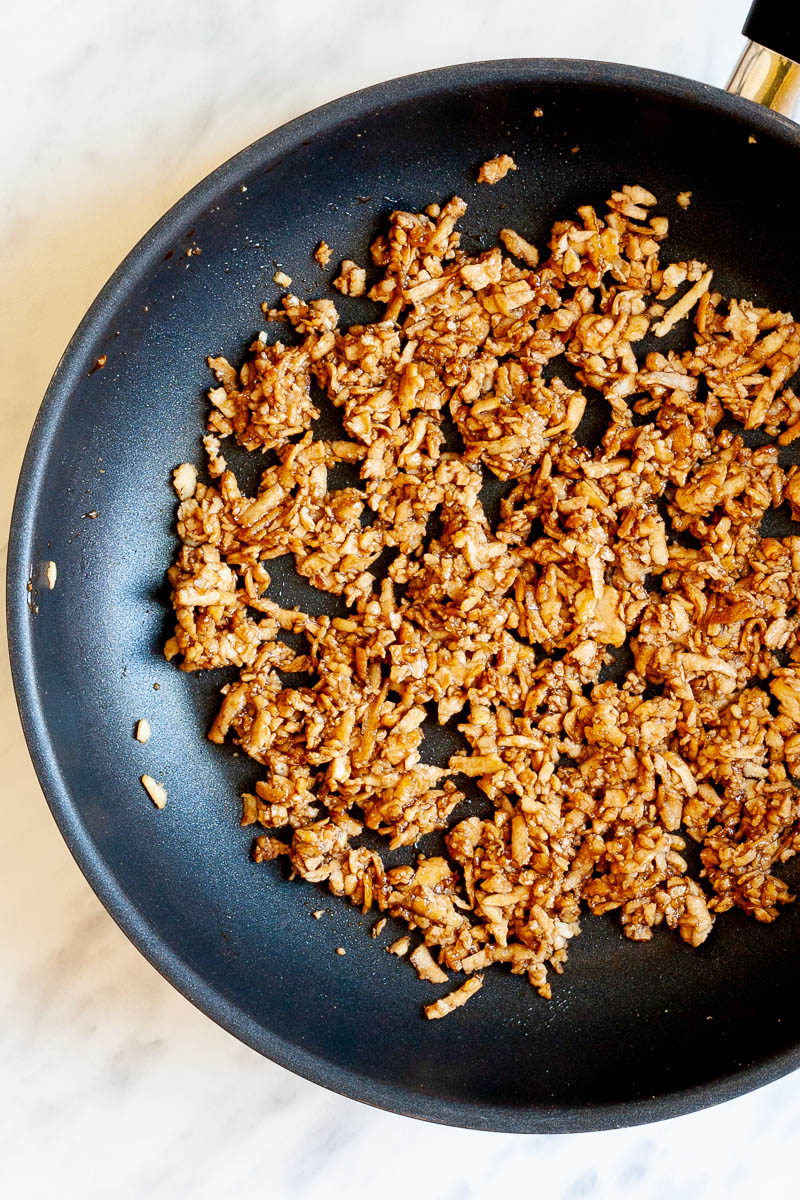 Shredded hoisin tofu for spring rolls – Photo credit: My Pure Plants.
Shredded hoisin tofu for spring rolls – Photo credit: My Pure Plants.Tempeh
Tempeh brings a firm, nutty, and hearty protein option to spring rolls. Made from fermented soybeans, this Asian staple packs 20 grams of protein per serving.
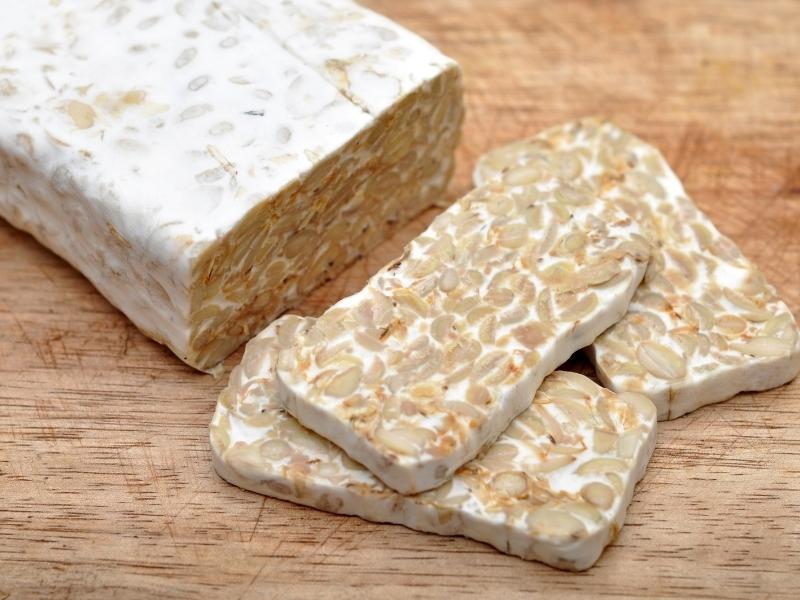 Fresh tempeh – Photo credit: Canva Pro.
Fresh tempeh – Photo credit: Canva Pro.Its dense texture and ability to absorb flavors make it perfect for filling, while the natural umami adds depth to each bite. It also behaves similarly to tofu.
I recommend crumbling tempeh and pan-frying it with soy sauce and garlic until golden brown.
Another tasty method is steaming tempeh slices for 10 minutes, then marinating them in teriyaki sauce before a quick sear. This creates tender, flavorful strips that blend perfectly for stir-fries and for spring rolls.
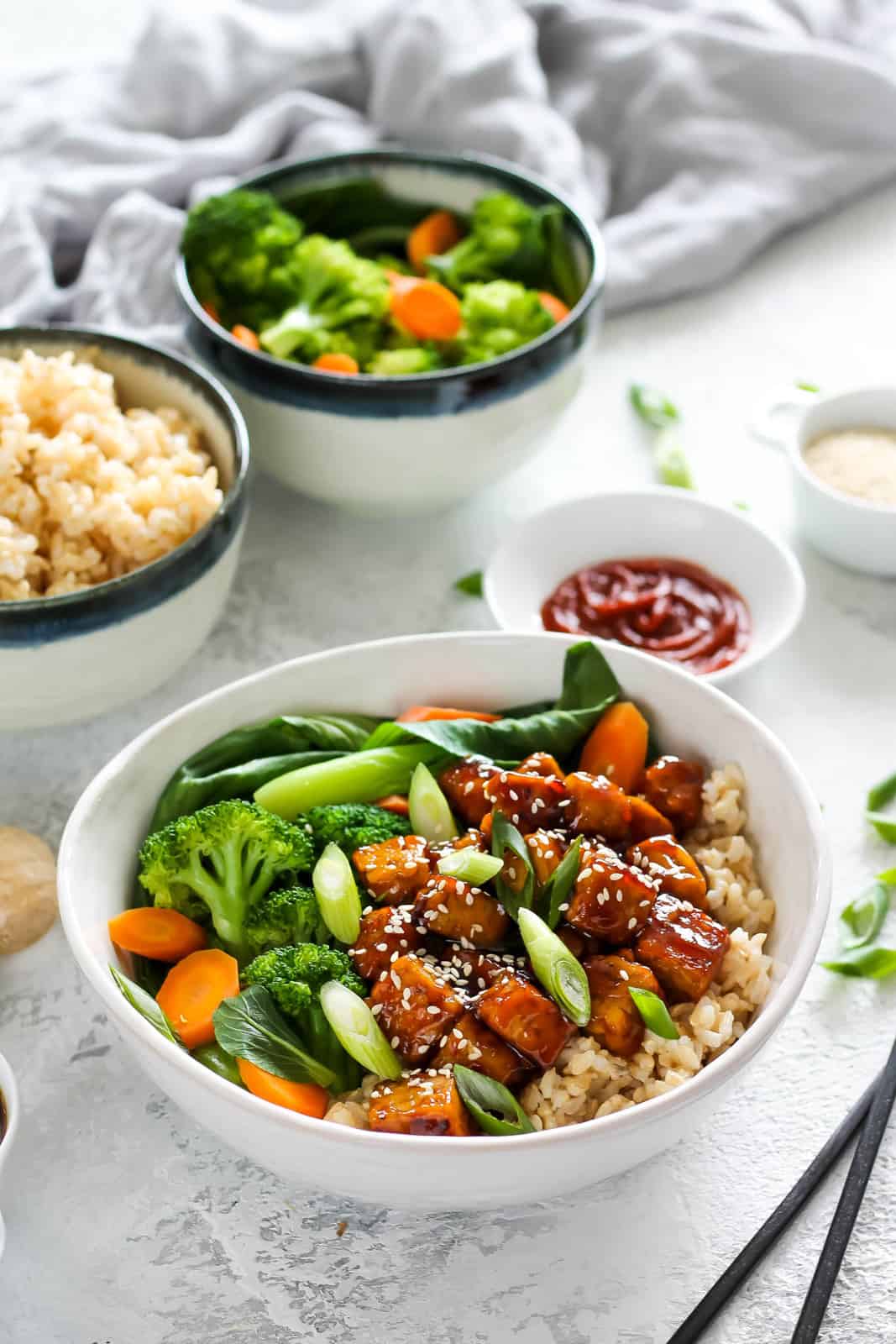 Tempeh Teriyaki – Photo credit: Hey Nutrition Lady.
Tempeh Teriyaki – Photo credit: Hey Nutrition Lady. Vegan shrimp
Vietnamese spring rolls often feature shrimps. The easiest way to make plant-based shrimp is from king oyster mushrooms. It captures the bouncy texture of traditional shrimp. You can also buy vegan baby shrimps for Nordic, although the price tag may surprise you.
These vegan protein alternative pack a satisfying chew while staying light enough to complement delicate spring roll wrappers.
It all comes down to spices as well. Oyster mushrooms soak up marinades beautifully.
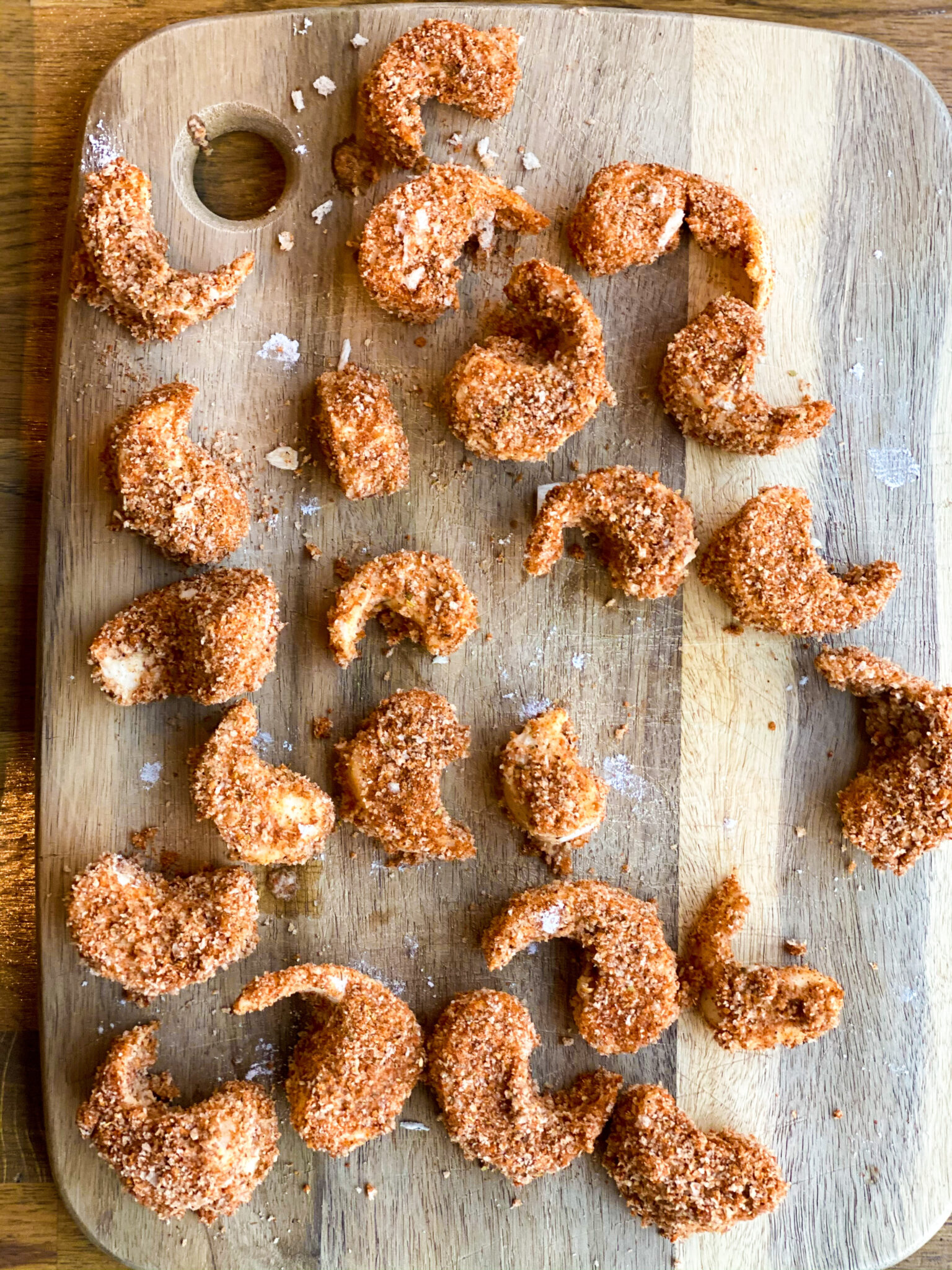 Vegan shrimp – Photo credit: Yum Vegan Lunch Ideas.
Vegan shrimp – Photo credit: Yum Vegan Lunch Ideas.For the best results, pan-fry the vegan shrimp in a touch of sesame oil until slightly crispy on the outside.
Another option is to steam them briefly to enhance their tenderness before adding to rolls. I recommend patting them dry with paper towels first to prevent excess moisture in your spring rolls.
Vegan shredded chicken
Shredded jackfruit makes an excellent chicken substitute in spring rolls, offering a stringy, meat-like texture that’s familiar and satisfying.
Young green jackfruit canned with brine, takes on flavors exceptionally well while maintaining its pulled-meat consistency. This protein alternative adds a substantial bite without being heavy.
I prefer preparing jackfruit by first draining and rinsing it thoroughly, then shredding it with two forks.
Pan-frying brings out the best texture. Season it generously. It is a fruit so you need mix of flavorful spices for it to work.
Another effective method is baking the seasoned jackfruit at 400°F for 20 minutes, flipping halfway through.
While shredded chicken from jackfruit is okay, I found shredded oyster mushrooms more delicious and easier to make.
 Vegan shredded beef made from pearl oyster mushrooms – Photo credit: My Pure Plants.
Vegan shredded beef made from pearl oyster mushrooms – Photo credit: My Pure Plants. Vegan egg
You can make vegan egg in multiple ways from tofu to chickpea flour. Each option mimics the traditional egg texture a bit differently.
Tofu scramble is a popular vegan alternative to scrambled eggs, made by crumbling firm or extra-firm tofu and cooking it with savory seasonings like turmeric, garlic powder, nutritional yeast and black salt (kala namak) for an eggy flavor. It’s quick to make, high in protein and incredibly versatile.
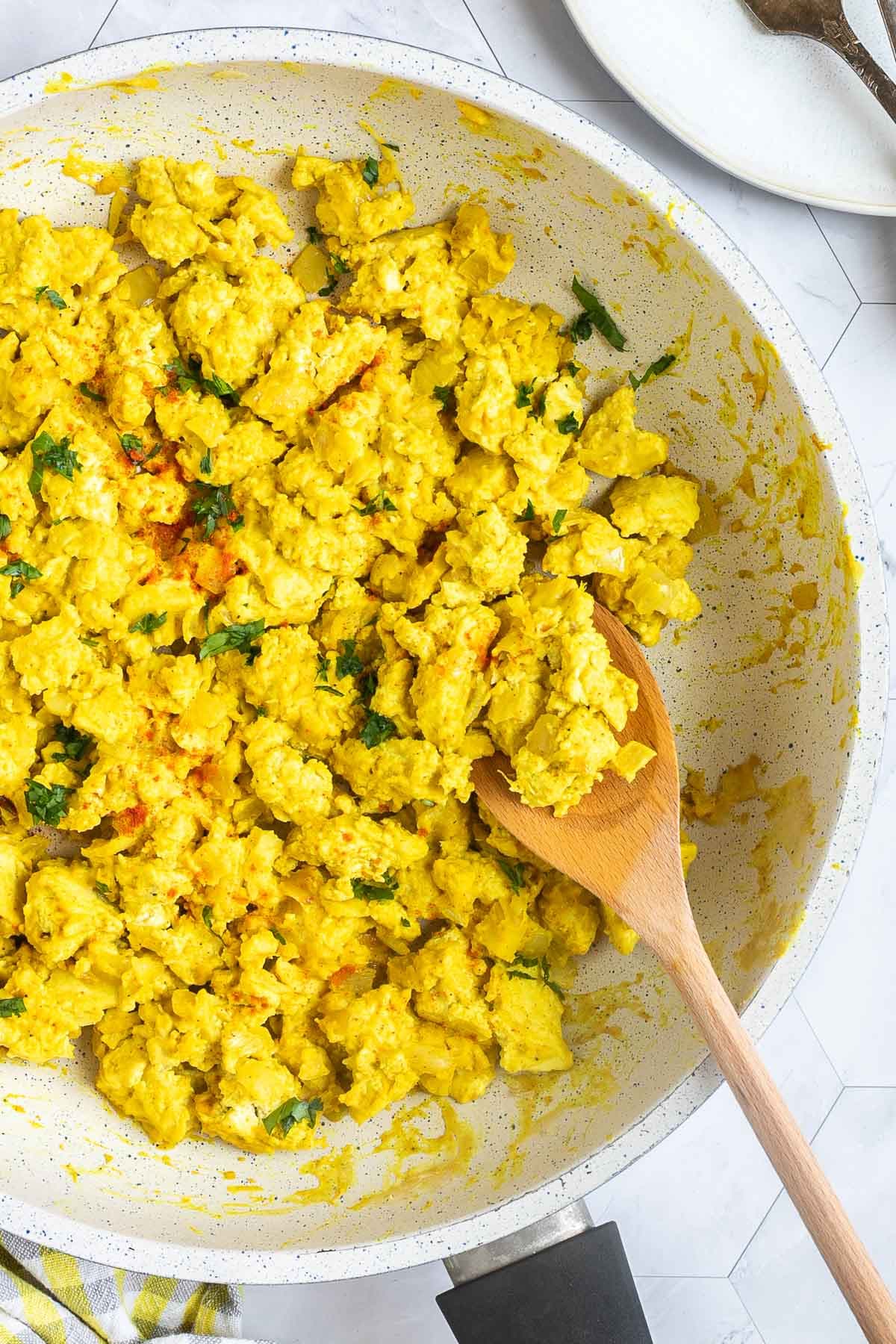 Tofu scramble – Photo credit: My Pure Plants.
Tofu scramble – Photo credit: My Pure Plants. As a filling for spring rolls, I would use fine tofu crumbles. It blends smoothly with other ingredients and keeps the rolls neat and easy to wrap.
Another option is to make vegan egg strips with a mix chickpea flour, water, salt, turmeric for color and black salt (kala namak) for an authentic egg-like flavor.
Pour the mixture into a lined pan and steam for 15 minutes until firm. Alternatively, cook the batter like a thin pancake in a non-stick pan. Once cooled, slice into thin strips.
Just Egg is also a popular vegan egg substitute.
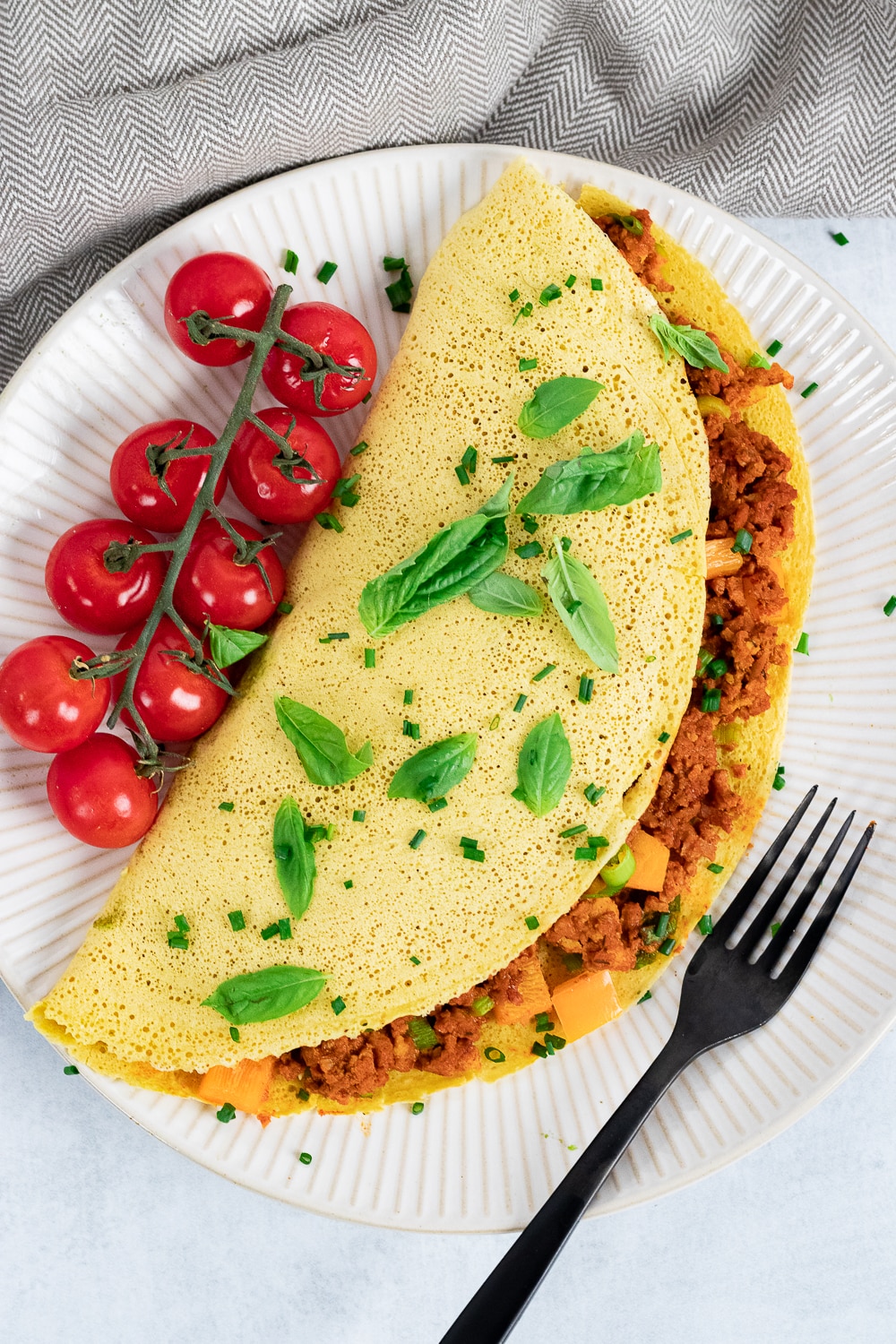 Vegan omelette – Photo credit: Zardy Plants.
Vegan omelette – Photo credit: Zardy Plants. TVP
Textured Vegetable Protein (TVP) creates a satisfying meat-like texture in spring rolls. These dried soy protein granules pack a protein punch while absorbing any flavors I add. I either by Bob Red Mill’s or Anthony’s.
The small, crumbly pieces blend perfectly with vegetables and seasonings, making them an excellent base protein for filling. It reminds many people of vegan ground beef or pork.
I always start with rehydrating TVP in vegetable broth for extra flavor before using it. A quick 10-minute soak in hot liquid brings it back to life.
For spring rolls, I would season the rehydrated TVP with soy sauce, garlic powder, and a touch of rice vinegar. Then I would sauté it with ginger and sesame oil. You can check the exact seasoning in this Vietnamese rice paper pizza.
 Rehydrated TVP – Photo credit: My Pure Plants.
Rehydrated TVP – Photo credit: My Pure Plants.Lentils or beans
Legumes are certainly not typical spring roll filling, but I love getting creative.
Any types of beans and lentils works really, but I somehow prefer red lentils and black beans. Both make excellent protein fillings for spring rolls, packing 9g and 15g of protein per serving respectively.
While you can buy them canned as a shortcut, red lentils and black beans are among those that take the least time to cook from scratch.
I prefer using these because they’re budget-friendly and unopened cans have a long shelf life.
For the best results, cook lentils until they’re tender but still hold their shape – about 15-20 minutes.
With beans, I recommend simmering them with garlic and spices, then mashing them slightly. Pre-soaking dried beans overnight reduces cooking time and improves digestibility.
 Soaked red lentils – Photo credit: My Pure Plants.
Soaked red lentils – Photo credit: My Pure Plants.Seitan
Seitan, made from wheat gluten, offers a satisfying meat-like texture that’s perfect for spring rolls.
I only added this almost as the last one, since it is not gluten-free. And I tend to look for gluten-free options.
It has firm, chewy consistency similar to tempeh and ability to absorb flavors. If you do not need to eat gluten-free, seitan is an excellent protein choice (about 25g protein per 100g).
Did I mention, it has neutral base flavor and soaks up marinades easily.
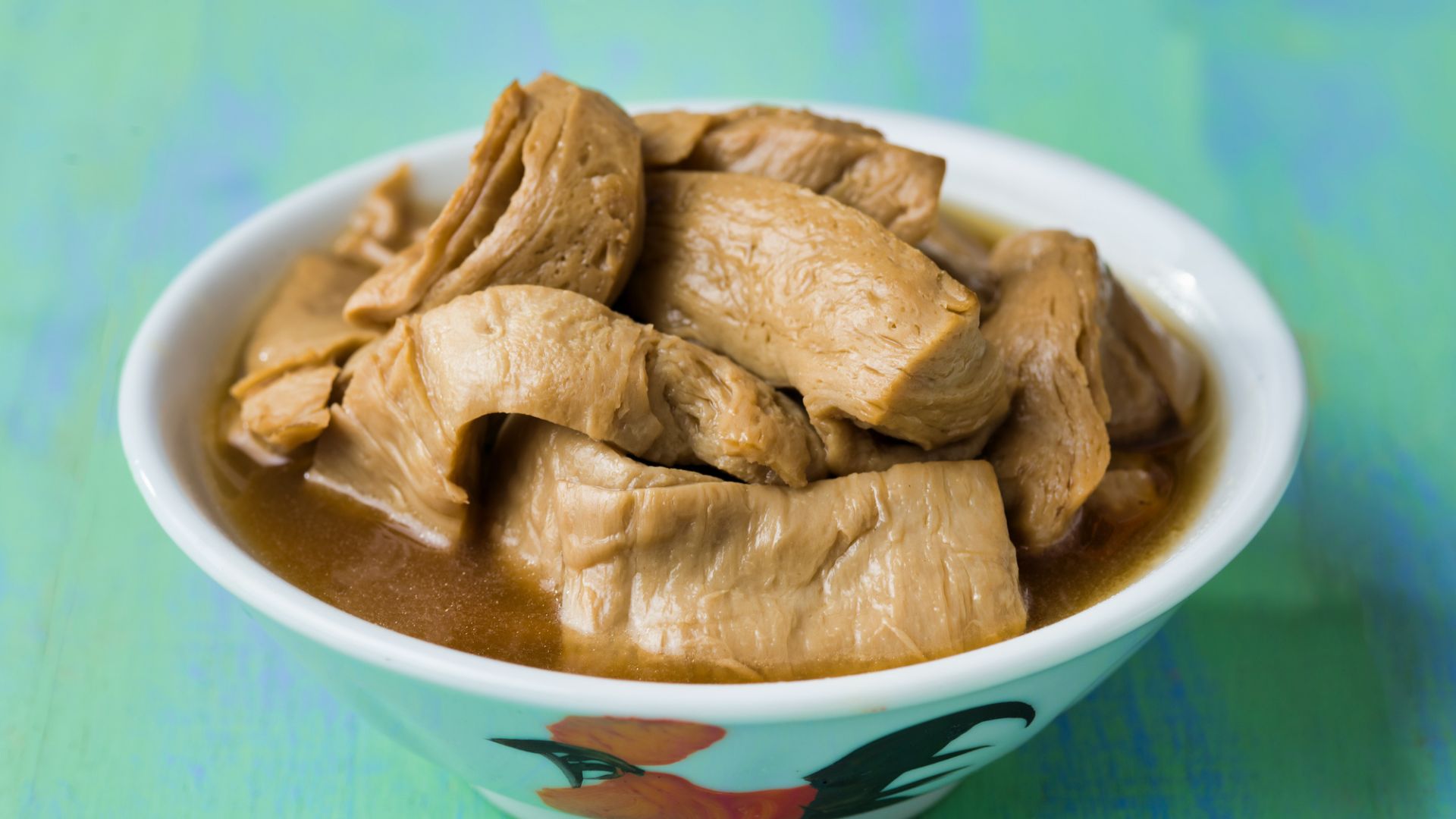 Asian mock chicken from seitan – Photo credit: Depositphotos.
Asian mock chicken from seitan – Photo credit: Depositphotos.I recommend slicing seitan thinly and stir-fry it with soy sauce and ginger until slightly crispy on the edges.
Another effective method is steaming small seitan pieces first, then quickly pan-searing them with garlic and five-spice powder.
These preparation methods ensure the seitan stays tender while developing a flavorful exterior that complements fresh spring roll vegetables.
Falafel
Falafel, made from ground chickpeas and aromatic herbs, adds a wonderful Mediterranean twist to spring rolls. It is certainly the most out of the box idea. However, I developed sushi spring rolls, ramen spring rolls and even apple pie spring rolls. I say Asian Mediterranean fusion is a thing.
These crispy, protein-rich balls pack a serious nutritional punch with their high fiber content and essential minerals. I love how their slightly spicy and herby profile creates an exciting flavor combo.
I would add them thinly sliced or crumble to a mix of vegetables and wrap them in rice paper sheet.
You can use store-bought falafel, heat them in the oven until crispy, then break them apart. But I recommend making falafel from scratch. It is easy and you can use falafel in lots of different ways from bowl to sandwiches.
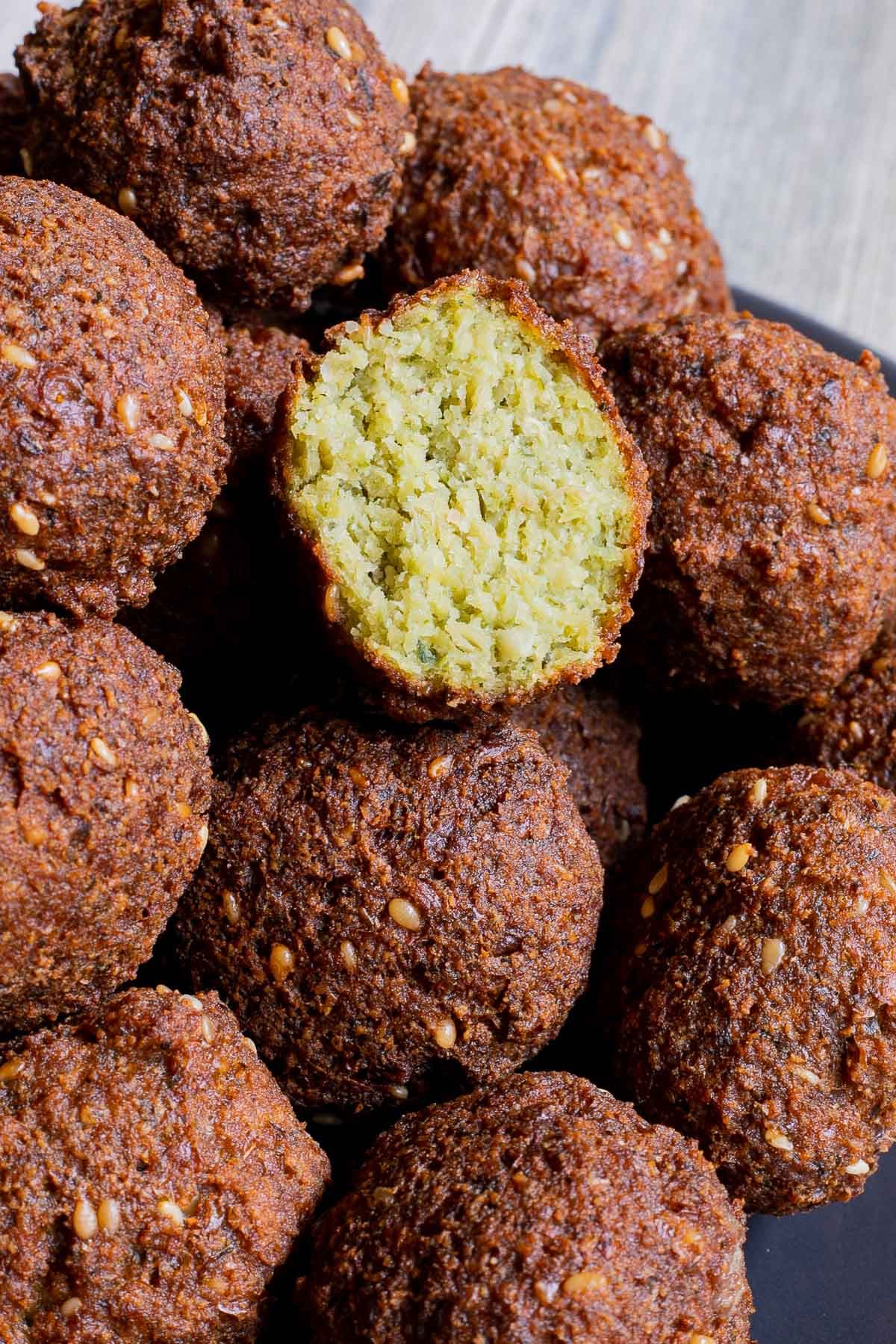 Falafel – Photo credit: My Pure Plants.
Falafel – Photo credit: My Pure Plants.More articles about spring rolls
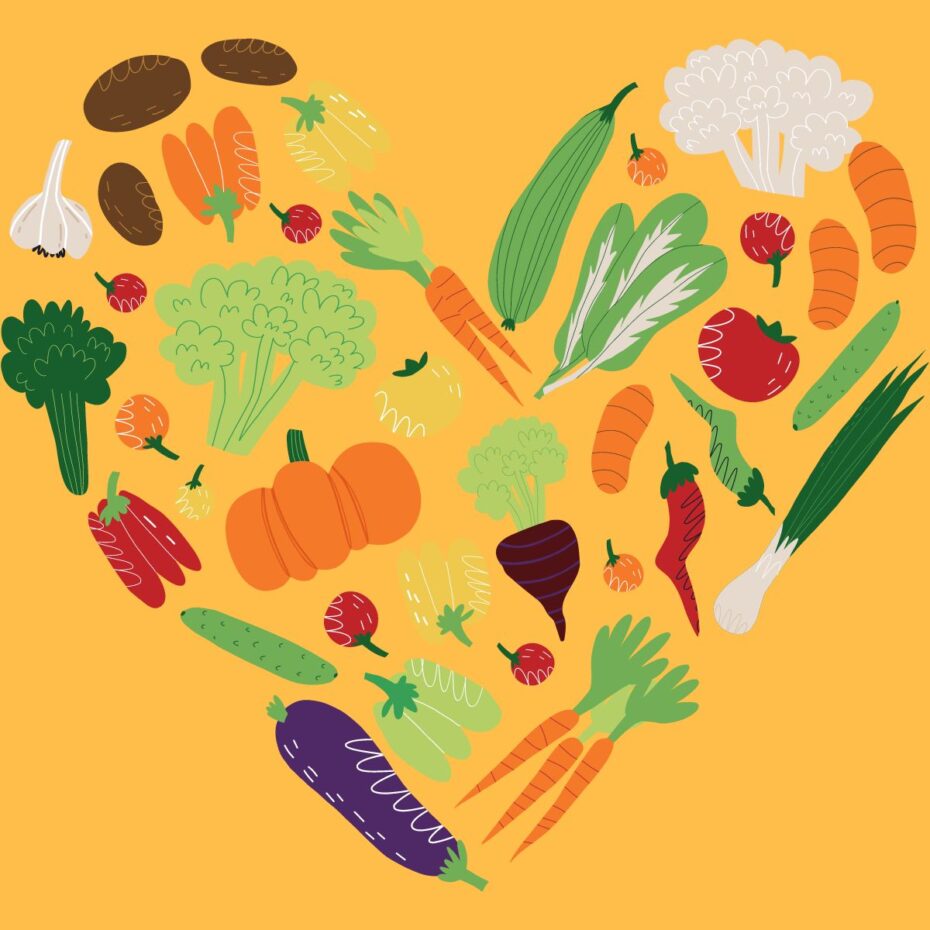
Delicious spring roll recipes
Reader Interactions
This site uses Akismet to reduce spam. Learn how your comment data is processed.

 Fransebas
Fransebas 